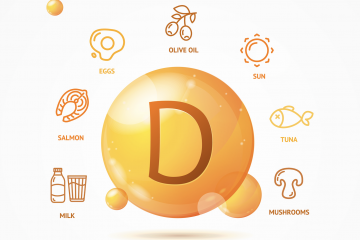ATHLETES: HOW TO ORGANIZE YOUR FRIDGE
I know, I know, it’s super sexy and exciting, but before you scroll to some other post, this short post can truly improve your day: leave you feeling organized, help you stress snack less, and be more efficient. So, athletes, HOW TO ORGANIZE YOUR FRIDGE?
In honor of spring cleaning and ample quarantine free time, I thought a quick guide to organizing a fridge for an athlete would be helpful. We go in and out of it multiple times a day, and it turns out how it is (or isn’t organized) can make a difference in how we snack, feel, and eat. Unbeknownst to most people, apparently, there is an optimal way to organize your fridge. This post isn’t meant to be a judge-y you’re-doing-it-wrong article, but rather a-few-simple-tips-can-make-a-big-difference when it comes to keeping food fresh longer, wasting less, and feeling calm and organized. If you’re more of an “I-really-don’t-care-I-just-throw-it-in-there” kind of person, rock on, but if you’re like me and you like to have things optimized and organized, read on.

An unorganized fridge may cause food to spoil faster. Moving a few things around may help your groceries stay fresh and you feel organized.
Location
As they say in real estate, “location, location, location” Where you keep items can help lengthen their shelf life to keep things fresh and reduce waste. Plus, if you know where things are, you’re quick to get in and out.
Door
The doors are best for condiments, dressings, pickles, sports bottles/shaker bottles, and bars. The door shelves tend to be the warmest part of the fridge, so use it for nonperishables (things that say “for best results refrigerate after opening”) and hardier foods with a longer shelf life. Some athletes keep pre-mixed sports drinks, bars, or gels here for a cold snack during workouts. Plus, it’s the easiest to access, so you can grab your cold bottle on your way out the door to work out.
Shelves
The shelves are best for proteins such as meat, dairy, eggs, seafood, meal prep containers, and leftovers. The temperature is the most stable so it keeps perishables at a consistent chilled temp.
Drawers
The drawers are best for produce such as fruits, vegetables, and some herbs. Not all fruits and vegetables should be stored in the fridge, such as tomatoes, cucumbers, avocados, melons, and stone fruits (those with a pit like peaches, plums, nectarines, apricots) but most produce is best kept refrigerated. The drawers are the most humid space in the fridge, which helps preserve the flavor and texture of your produce.
Temperature
Food that needs to be refrigerated should always be kept below 40 degrees, so it’s best to set your fridge a little below that at 35-38 degrees. This way, your food stays safe and avoids the risk of bacterial growth due to warmer temps.
Rotate Stock
In food safety, we follow the rule” first in, first out” (or FIFO as it’s abbreviated), which is just what it sounds like. Put new food in the back or bottom of a stack and use the older food first. This ensures that the oldest food is eaten first and doesn’t get pushed to the back and goes bad.
Key Takeaway ATHLETES: HOW TO ORGANIZE YOUR FRIDGE:
Keeping your fridge organized can help you feel less stressed (reduce stress eating/snacking), reduce food waste and improve efficiency. Instead of digging around trying to find things in the fridge only to discover moldy chicken gone bad, you can easily locate what you need in a snap. Happy eating.
About Dr. A’nna

Dr. A’nna strives to inspire people to optimally fuel their body to achieve their best and have a positive impact on the world. She is the only combined Ph.D./RD specializing in sports performance nutrition in the world with all Ivy League degrees and the Chief Research Officer at AthleteBloodTest.
Dr. A’nna aims to cultivate a world of healthy athletes who understand nutrition and know how to leverage their physiology to get the best results in sports and life. You can reach her at [email protected] or on Instagram @drannaroby.
Shop Athlete Blood Test


